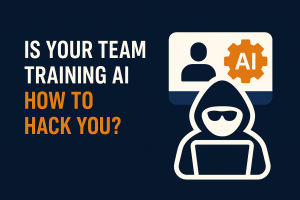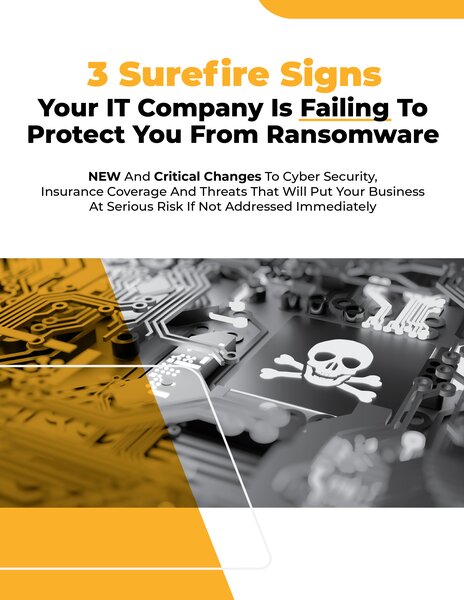 What Construction Firms Need to Know About AI, Data Security, and the Bottom Line
What Construction Firms Need to Know About AI, Data Security, and the Bottom Line
Let’s be real: AI is everywhere right now. From ChatGPT to Microsoft Copilot, employees are experimenting with these tools to speed up emails, summarize meetings, even crunch spreadsheets.
And yes, AI can be an incredible productivity booster. But here’s the catch: when employees copy and paste sensitive company information into public AI tools, they might be handing that data straight into the wrong hands.
That’s not just an IT headache—it’s a business risk with dollar signs attached.
The Real Problem
The danger isn’t the AI itself—it’s how people use it.
Imagine this: a project manager pastes financial projections or client bid data into ChatGPT to “get a quick summary.” That data may be stored, analyzed, and even used to train future models. In other words, it’s out of your control.
This already happened at Samsung in 2023, when engineers accidentally leaked internal source code into ChatGPT. The fallout was so severe that Samsung banned the use of public AI tools altogether.
Now, picture that happening in your construction firm—with contracts, compliance data, or proprietary blueprints. For a CFO, that’s not just a privacy concern—it’s a potential liability, reputational hit, and compliance violation.
A New Kind of Attack: Prompt Injection
Hackers are already one step ahead. They’re using a method called prompt injection, hiding malicious instructions in things like PDFs, transcripts, or even YouTube captions.
When your team runs that content through an AI tool, the AI can be tricked into giving up sensitive data or executing tasks it shouldn’t. In short—the AI becomes the attacker’s accomplice.
Why Construction Firms Are Vulnerable
- Unmonitored Use: Employees often adopt AI tools on their own, with no oversight.
- Assumptions About Safety: Many treat AI like Google, not realizing the risks of what they paste.
- No Policy in Place: Without clear rules, even well-intentioned use can expose regulated or confidential data.
For IT Directors like Alex, this creates sleepless nights. For CFOs, it means unpredictable costs: data breaches, legal penalties, or even lost bids.
How to Get Ahead of the Risk (Without Killing Productivity)
You don’t need to ban AI. But you do need to take control.
Here’s how to start:
- Create an AI Usage Policy
Define approved tools, what data is off-limits, and who employees can ask for guidance. - Educate Your Team
Make AI security awareness as natural as safety talks on the job site. - Use Secure Platforms
Stick to business-grade AI tools like Microsoft Copilot, which offer stronger compliance controls. - Monitor AI Use
Track which platforms are in play and block risky ones if needed.
The Bottom Line
AI isn’t going anywhere. Used wisely, it can drive efficiency and savings. Used recklessly, it can open your business up to hacks, compliance violations, and financial losses.
For IT leaders and CFOs alike, the smart move is balance: unlock AI’s productivity benefits without exposing your bottom line.
👉 Let’s talk about how to build a secure AI policy for your firm. We’ll show you how to protect sensitive data, stay compliant, and keep your team moving forward. Book your free AI + Cybersecurity Assessment today.



